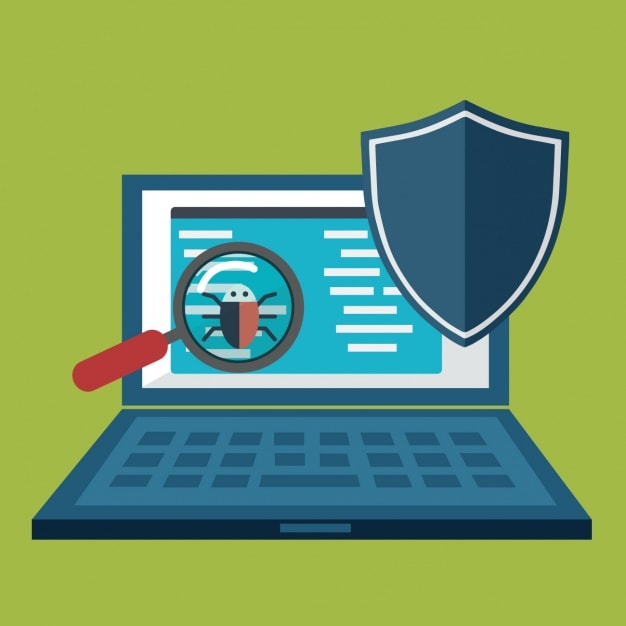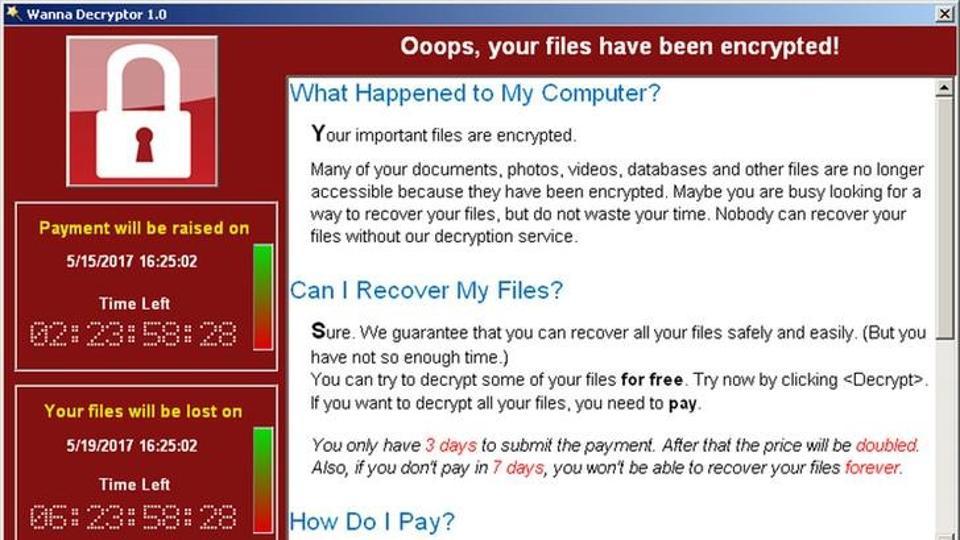How to Prevent Viruses on Your Computer
The internet is full of malware-laden pitfalls – as fast as cybersecurity can evolve, hackers are continuing to create new threats to challenge them. While this battle will likely be ongoing for as long as the internet exists, it’s the role of antivirus software providers such as ourselves to keep users up to date with the latest virus protection tips. While antivirus software is a critical part of your defense, keeping your computer virus-free requires a proactive, comprehensive approach. In this guide, we’ll cover essential tips for preventing viruses from infecting your computer, and ways to maintain a secure, efficient and virus-free system when using your computer for work, personal projects or day to day browsing.
Installing antivirus software
A reliable antivirus software should be your first line of defense against viruses and malware. These programs are designed to recognize, alert you to, and deal with any suspicious activity on your computer. Installing a reputable antivirus program will ensure that any suspicious files, unusual activity or dangerous downloads are flagged and reported to you, keeping you on top of potential threats, sometimes before they even have a chance to occur.
Keeping your antivirus up to date
It’s essential that you keep your antivirus software up to date. In the same way that new malware is created every day, antivirus companies will frequently release updates to address these new threats. Missing an update might not feel like a big deal, but it could leave you exposed and vulnerable – simply having the software installed is not enough.
To ensure your software stays current, you can:
- Enable automatic updates to make sure you always have the latest version of your antivirus software live and running.
- Check for manual updates, particularly when you hear of any new viruses or if your computer appears to be acting strangely.
Regular software and OS updates
Beyond your antivirus defenses, staying on top of your operating system updates will also help to patch any holes in your security. Each update will address any new vulnerabilities discovered by developers and security updates – ignoring these updates, even in the name of saving time or storage, can leave you with weaknesses that hackers won’t hesitate to exploit.
Patching security flaws
Patching is the process of updating software to fix security vulnerabilities, address bugs, and tackle any other issues that could impact software performance or user safety. A patch is a small piece of code released by the developer that repairs these weaknesses, like patching a leak in a boat.
Your operating system, browser, and other apps should alert you when there are updates and patches that need to be addressed, but it doesn’t hurt to check for these manually to stay on top of things.
Enabling automatic updates
Similarly to your antivirus software, it is often possible to enable automatic updates, ensuring that your computer is always equipped with the latest defenses.
Safe browsing practices
Good browsing habits are also a key element of virus prevention. Compromised websites, pop-ups, phishing emails and deceptive ads are some of the main ways in which malware spreads, luring unsuspecting users in and convincing them to download harmful files. By practicing safe browsing, you reduce your chance of falling foul of viruses.
Avoid suspicious websites
There are thought to be roughly 2 billion websites online in 2024. That’s a lot of potential places to pick up a virus. Sites offering pirated software, movies, and other downloads are some of the most common culprits. To avoid picking up a virus while browsing online, you should follow these tips:
- Use a reputable search engine, as these will often flag harmful sites for you.
- Check the URL of every site that you visit – if the URL begins with “https://” it means that the site is encrypted and secure.
- Don’t let your curiosity get the better of you and avoid clicking on any suspicious links.
Use pop-up blockers
Most browsers have some form of pop-up blocker you can activate to stop these annoying and potentially dangerous ads from gracing your screen, and we would highly recommend activating one if you can. Malicious pop-ups are often designed to look as though they come from a reputable source, tricking the unsuspecting users into clicking on them and exposing themselves to malware.
Email and download safety
Many aspects of email safety may sound like simple common sense, but you would be surprised by how many users are caught out by the sophistication of the emails that hackers now use to spread viruses. Exercising caution with emails and downloads is essential to keeping your computer safe.
Be wary of email attachments
Cybercriminals use phishing emails to trick users into downloading malware. These emails may appear to come from legitimate, familiar organizations, or even family and friends. To stay safe, don’t open any unexpected email attachments, even if it appears to be from an entity you know and trust – try to verify what has been sent with the sender where possible.
Many of these phishing attempts fall down in their spelling and grammar, and the unusual nature of their requests. They will also likely try to create a sense of urgency, wanting you to open whatever attachment they have sent before you’ve had a chance to thoroughly vet their email. This is why it’s important to read all online correspondence carefully.
Download only from trusted sources
Downloading files from unofficial sources is a common way for viruses to spread. To avoid accidentally downloading malware, you should:
- Stick to official websites and app stores where possible.
- Read reviews and ratings before downloading anything.
- Look for some kind of verification that what you’re downloading is legit.
- Don’t accept unusual downloads – for example, if your bank usually corresponds through the mail, be suspicious of any emails suddenly offering you downloads.
Stay vigilant and virus-free
There’s no single answer for how to prevent viruses on your computer – it requires a multi-faceted approach. Installing a good antivirus software and keeping it updated is essential, but it’s only one part of a well-rounded defense. Regular updates for your operating system and other software, coupled with safe browsing and cautious email practices will help to shield your system from threats.
If you’re looking for the right antivirus scanner and software to support your online activities, consider SUPERAntiSpyware.







